Let us discover some of the most interesting Komodo dragon facts for kids including komodo dragon habitat, diet, reproduction and its unique hunting methods. The komodo dragon (Varanus komodoensis) is a large species of lizards and are often known as Komodo monitor. These species inhabit across different islands of Indonesia such as Gili Montang, Rinca, Flores, Komodo and Padar. It is considered to be the largest extant species with the length measuring at 3 meters (10 feet), and it weighs around 70 kg (150 lb). Komodo dragons were once very common especially in Australia and Indonesia and their fossils have been discovered that predates 3.8 million years ago. Besides, they are believed to have been evolved some 40 million years ago. These species are primarily known to prey on several birds, invertebrates, and even mammals. They have a distinctive hunting method all throughout the world of reptiles, they use their venom to subdue their prey. They diet for the most part comprises carrion and deer. The mating season of komodo dragon begins in May and August while eggs are laid in the month of September. Normally, twenty eggs are dropped in a nest that is incubated for about 7 – 8 months. Komodo dragons are often seen in trees as they are susceptible to the natural predators. They are expected to live up to 30 years. These species are listed as vulnerable species by IUCN. These reptiles have long been admired for their distinctive characteristics and their large size. However, these species are too much susceptible to diseases and infection and for the same reason they are kept in zoos. Now let’s get down for the most amazing facts about komodo dragons for kids.
Read More: Komodo Dragon Facts for Kids
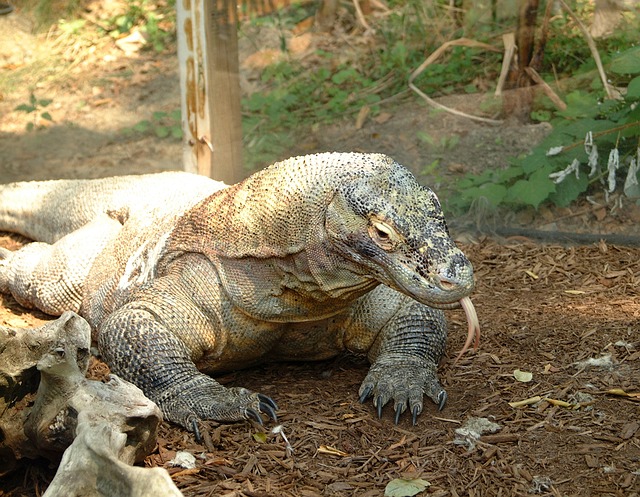
Komodo Dragon Facts For Kids
- The weight of an adult komodo dragon measures around 70 kg (150 lb), with some species are even heavier.
- The largest komodo dragon was measured at 3.13 meters (10 feet 3 inches), with the weight measuring at 166 kg (370 lb).
- They have 2.5 cm (1 inch) long teeth.
- These animals have long tails and about 60 teeth.
- Although komodo dragons have notable earholes, they are not best known for their keen sense of hearing. They are adept to hear within 400 – 2000 hertz.
- These species can visualize things at a distance of about 300 meters (980 feet).
- They employ their tongues to detect smell as well as taste just like other reptiles.
- These types of lizards are adept to identify carrion right at a distance of about 4 – 6.5 km (2.5 – 5.9 miles)
- Previously, komodo dragons were believed to be deaf; however, the belief was turned down when one of the trainers in London Zoological Garden called Komodo dragon for feeding with a voice when the lizard was nowhere to be seen.
- These types of species preferably inhabits in open areas and dry places like savanna, open grasslands and tropical forests. They are found at low-elevated regions.
- Komodo dragons are the solitary animals and they only gather while eating.
- These species are proficient enough to sprint at 20 km/h (12 mph).
- Komodo dragons are known to dive 4.5 meters (15 feet) deep into the water.
- They are capable to climb trees with their powerful claws.
- In order to hide itself these species tend to dig holes that measure around 1 – 3 meters (3 – 10 feet) by width. They are habitual of sleeping long hours in burrows which conserves their body all the night.
- They mostly come out for hunting at noon. However, as the temperature rises komodo dragons find shades to stay in.
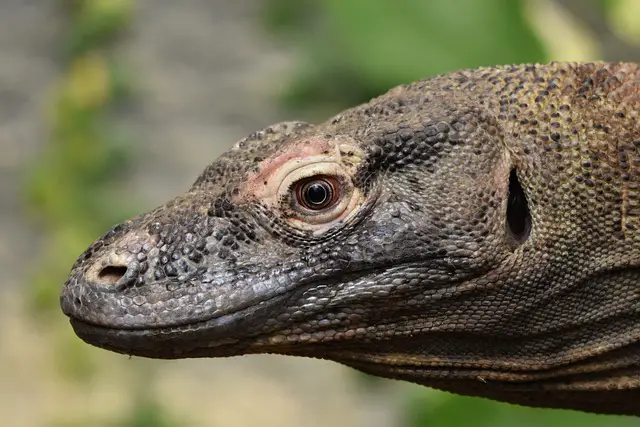 What Do Komodo Dragons Eat | Komodo Dragon Diet
What Do Komodo Dragons Eat | Komodo Dragon Diet
Komodo dragon diet is primarily relying on large amount of carrion and deer. These animals are typical carnivores. They identify their prey while using their acute sense of smell; when the prey is found they charge towards it and attack on its throat at first. Komodo dragons are competent to identify the dead animals at a distance of about 9.5 km (6 miles). Even though occasionally, these species have also preyed on adult pigs and deer. These dragons tear off large pieces of flesh with their sharp teeth 1 inch long teeth while gobbling down the whole piece. They can easily digest the whole when the prey is small due to their flexible stomach. Here you might be wondering how do komodo dragons able to breathe while swallowing medium sized prey. Well, it does so by using the small tube under its tongue that is linked to the lungs. They tend to take sun bath after finishing off their meal perhaps for digesting food. Komodo dragons can only take 10 – 12 meals each year due to their slow metabolism rate. They eat very quickly.
Read More:
Some of the most notable komodo dragon diet includes birds, invertebrates, and some reptiles. These species predominantly prey on monkeys, wild boars, deer, small birds, water buffalo, bird eggs, goats, wild boar, and horses. The juveniles consume geckos, small mammals, eggs and insects. Komodo dragons are also known to dig human graves and take out human corpses and this has happened in India.
Read More: Where Do Komodo Dragons Live?
Reproduction | Komodo Dragon Facts For Kids
- The mating period begins in the months of August and May while eggs are laid in September. The males tend to fight during this period and attempts to pin down each other so as to mate with the female.
- The females lay eggs in the holes or burrows.
- The clutch comprises 20 eggs that are incubated for about 7 – 8 months.
- The average lifespan of komodo dragons is 50 years.
- They reach maturity age after 2 – 3 years.


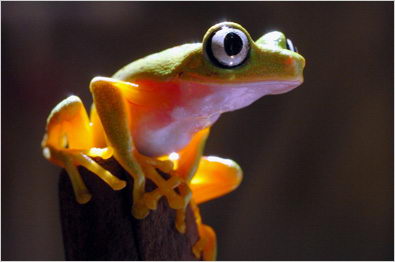


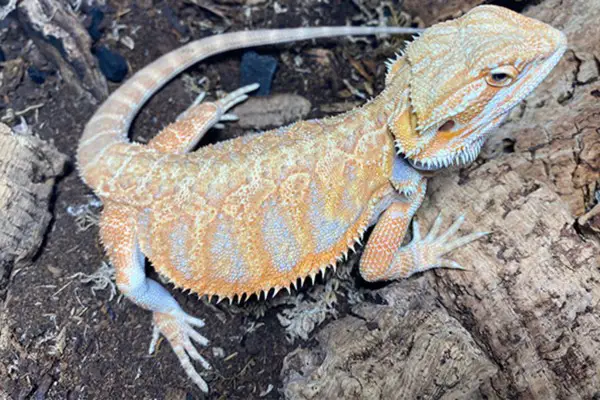


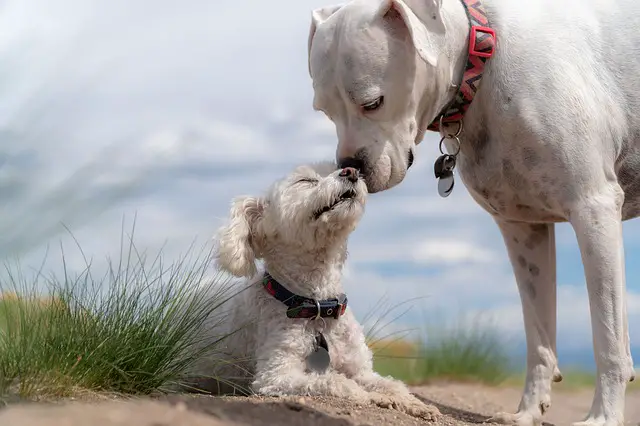
I like Komodo dragons!